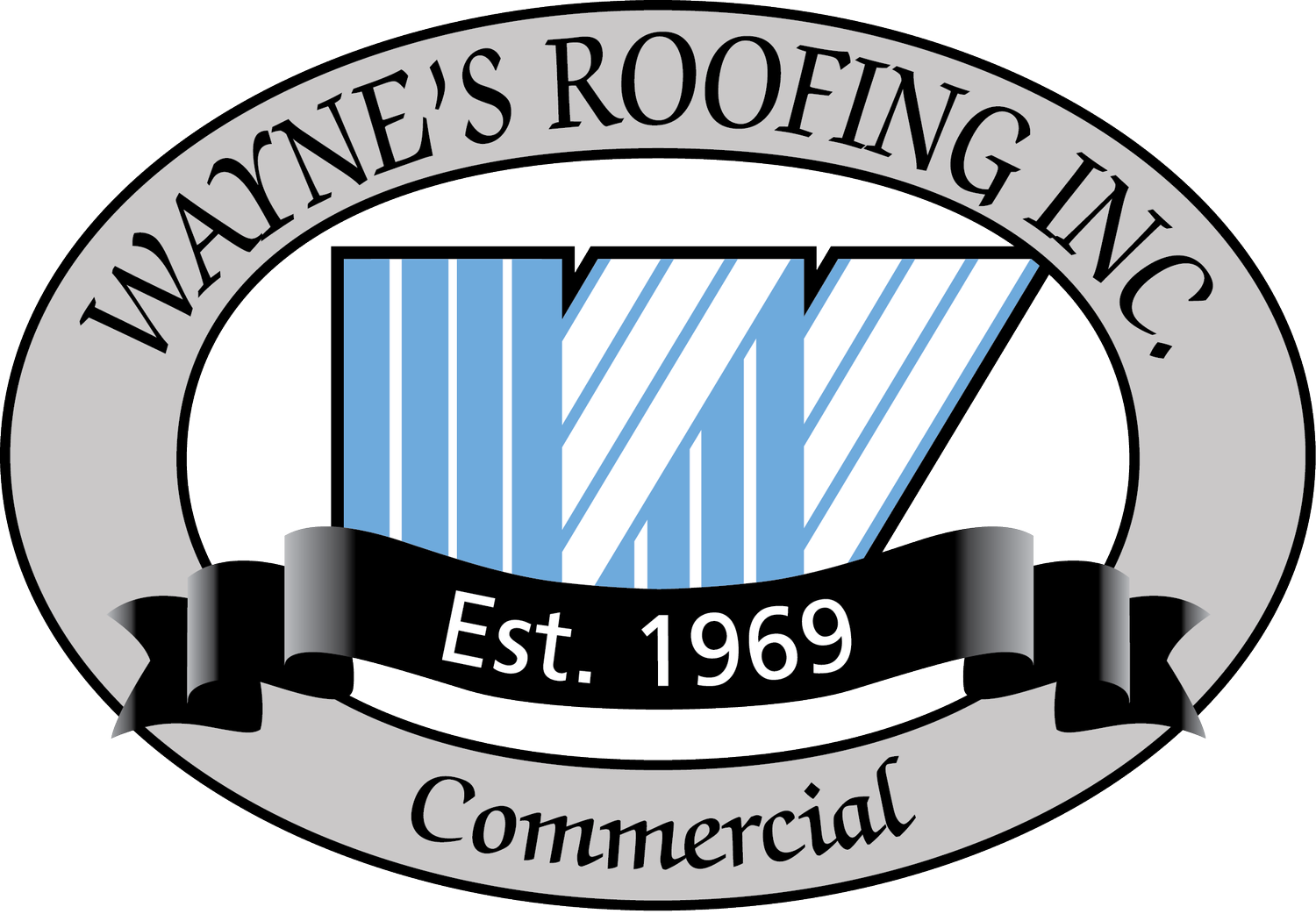Commercial Roof Maintenance Tips When Reopening for Business
Many facility managers are getting back on a roof maintenance schedule after having recently been closed or only operating with a skeleton crew.
In light of these changes, we thought it might be a good time to provide some top recommendations for Safe and Proactive Roof Maintenance.
Inspect from the inside-out. First look for evidence of roof leaks from the inside of your building. Stained ceiling tiles and puddled water are obvious signs of water intrusion potentially from roof leaks. Check for and mitigate these leaks ASAP through the help of an experienced roofing technician.
Look for the most common anomalies first. Perform a walk-around on your low slope roof surface and check penetrations and seams for signs of apparent damage. These areas are your most likely sources of water intrusion. They should get careful examination especially following lengthy periods between inspections.
Remove debris. It’s likely you have an accumulation of sticks, branches, leaves and other debris on the roof in need of removal, especially if it’s been a few months since you’ve been on the roof. Pay attention to gutters and downspouts that need to be unclogged to assure rainwater freely moves and drains off the roof.
Schedule a professional inspection. We recommend a professional inspection by a qualified roofer twice per year, typically in the spring and fall. Many building owners and facility managers tabled their spring inspections because of closures, but those are now in need of being rescheduled. Consistently assessing the condition of your roofing assets and acting quickly on recommended fixes are among the most effective ways of getting the most watertight life out of your commercial roof.
Wayne’s Roofing Is Here to Help
As an essential business, we never stopped responding to roof repair issues. In some cases, we even acted as the eyes and ears on the ground – or on the roof in our case – for facility managers who worked remotely or were unable to access roofs in a timely manner.
We also had the opportunity to rewrite safety protocols for our teams to adhere to CDC guidance for keeping our employees and customers safe. Many of these precautions will become the new normal in best practices and have real staying power in our industry.
For more information about our maintenance and repair services, contact us HERE.
